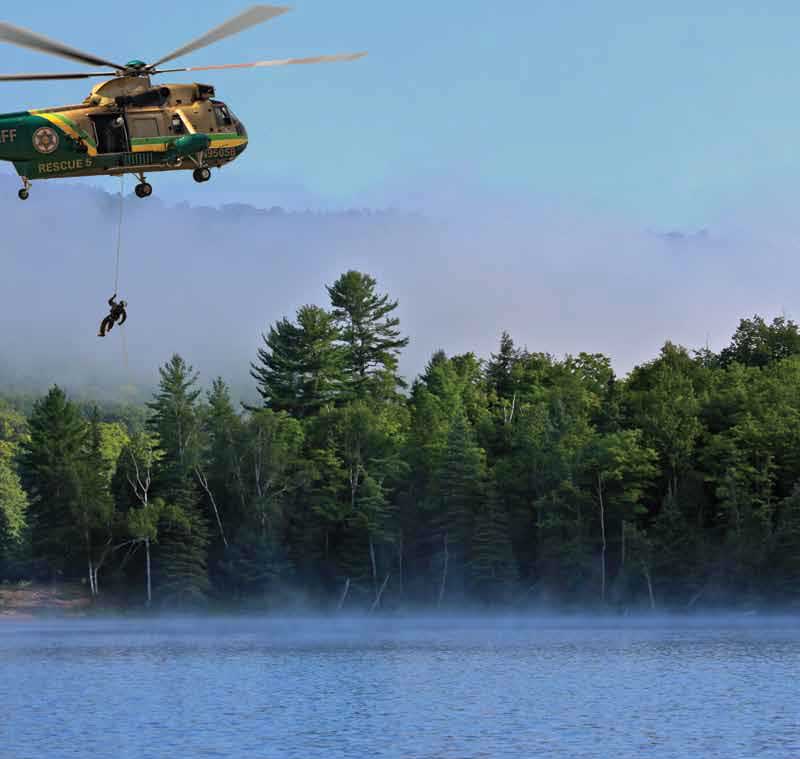
Content is everywhere. Sometimes you just need to rescue it from its original state.
On every campus there are content pools— places where content lives and is waiting to be found. Diamond-in-the-rough content can be rescued from:
- Admission blogs.
- Semi-annual newsletters published by academic departments.
- Last year’s Twitter posts.
- This month’s student newspapers.
- Recurring email messages sent to current parents.
- New student orientation materials.
- Today’s photos from a Greek Life Facebook page.
- Annual fund letters.
Look all around your campus for pools of content. Rescuing from a content pool leaves you with content that has potential. You’ll find content needing a little polish but definitely providing a head start as you try to keep up with producing more and ever changing content to enhance your brand and marketing efforts. Be aware: The content you can use often hides within paragraphs of longform text.
Rescuing content as part of a green content strategy is different than curation. Curation selects polished content for the right place, at the right time. Rescue comes before curation.
As you search for content to rescue, give top priority to imagery. Forward-thinking .edu sites rely on photography that romances and captions that pack a punch. More and more, home and landing pages on websites are visual. Visual content is more successful at making the case; it is an immediate, powerful, and memorable expression of your brand.
The companion to visual content is less text! Say just enough and say as little as possible. Going green with your content strategy means diving into the pools of content on your campus and coming up with raw bits of wonderfulness. When you rescue content, the easiest next step is to transform it into microcontent:
- The two-page alumni profile in your magazine becomes the perfect photo accompanied by an inspirational quote.
- The 500-word article about an annual campus tradition in the student newspaper becomes a #hashtag and a photo mosaic.
- A current parent’s comment on Facebook becomes a typographic design element on a web page for prospective families.
- The career center’s survey data about outcomes becomes the backbone for digestible and compelling infographics.
Microcontent can stand on its own and often is more enduring. Use evergreen microcontent to reinforce your reputation. Forget the “Read more” link. Just allow the content bit to make an impression and then get out of the way.
With a little work, everything old is new again. A green content strategy includes Reduce, Reuse, Recycle. And, advisedly, Rescue.


2 replies on “Rescue the Content”
its original state, not it’s original state
it’s = it is
its = possessive
Thanks for the grammar help, Ellen. We published more than 2 dozen posts in 4 days and sometimes we slip up. Thanks for keeping us honest.